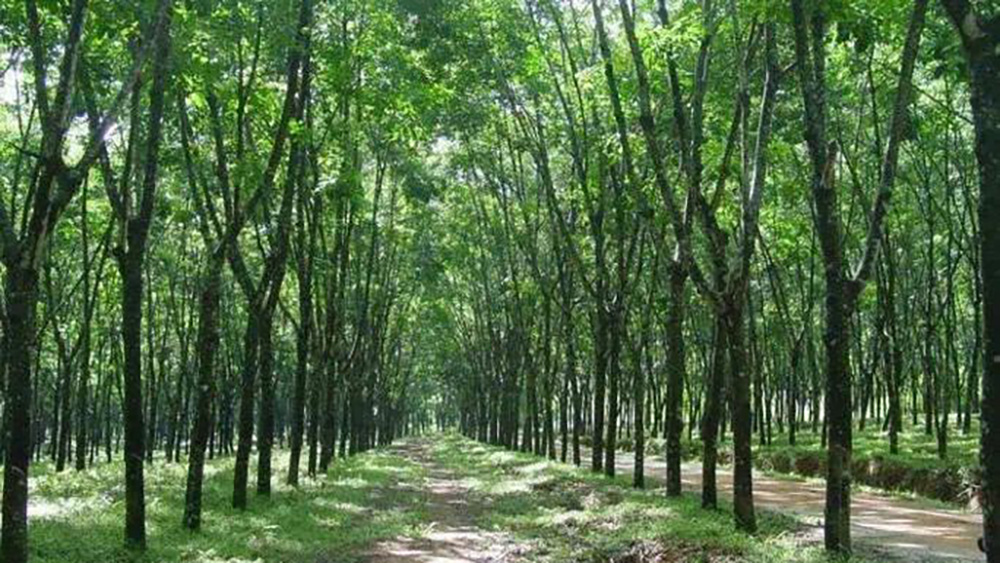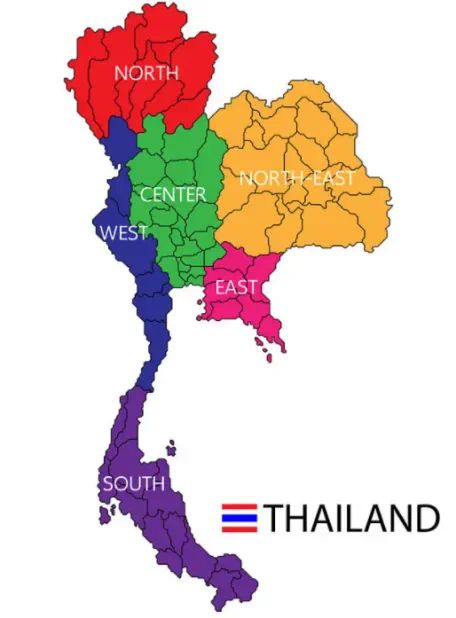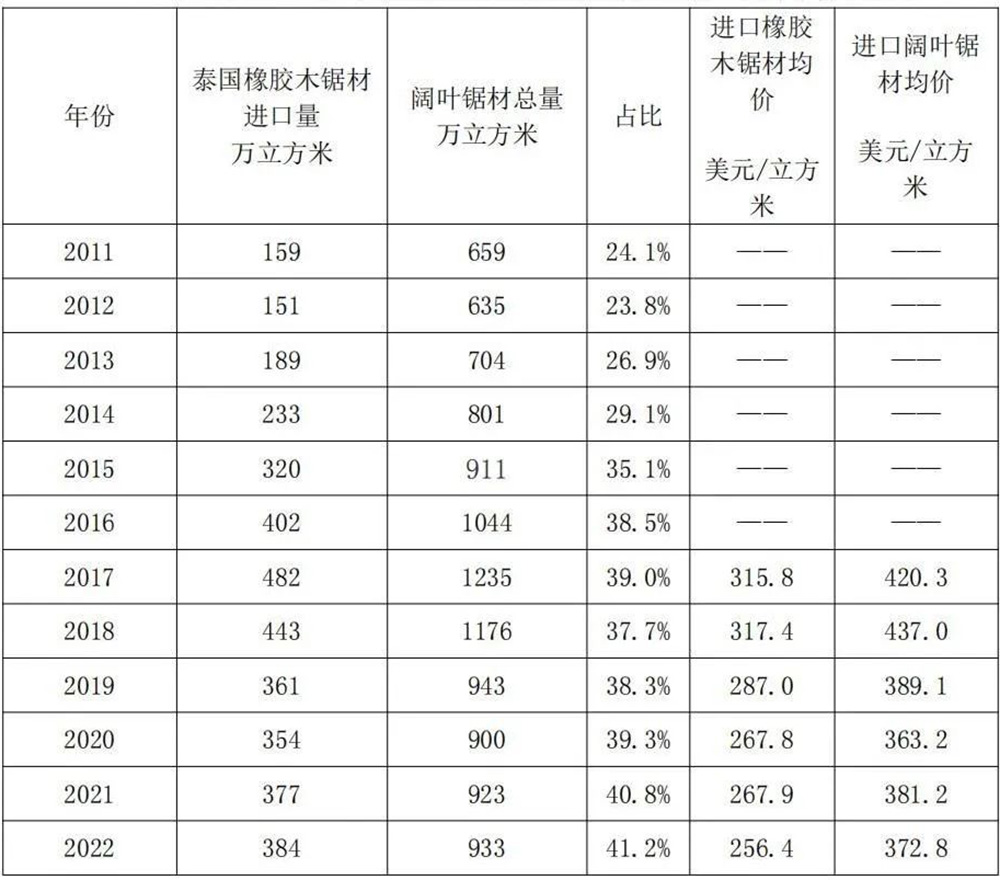
China is the largest exporter of rubber wood in Thailand. In the past ten years, the two sides have carried out a series of fruitful work in rubber wood innovation, investment, trade, application, infrastructure, industrial parks, etc., which have promoted the high-quality development of Thailand's rubber wood industry. China There is still a lot of room for cooperation between Thailand and Thailand in the rubber wood industry in the future, combined with the relevant content of the "China-Thailand Strategic Cooperation Joint Action Plan (2022-2026)" and "China-Thailand Cooperation Plan for Jointly Promoting the Construction of the "Belt and Road"" , will further promote Thailand's rubber wood trade, investment, and technological development.
Overview of Rubberwood Resources in Thailand
Thai rubberwood is green, high-quality and sustainable wood, and its supply continues to be stable. Rubber trees are planted in the north, south, east, and west of Thailand, with the peak planting area reaching nearly 4 million hectares, as shown in Figure 1. As of 2022, its planting area will be about 3.2 million hectares, and the southern regions of Thailand, such as Trang and Songkhla, are the largest rubberwood planting areas. According to statistics, there are 3 million households engaged in rubber tree planting and rubber wood processing each. The Thai government approves the harvesting of about 64,000 hectares of rubber trees annually, yielding 12 million tons of rubberwood logs, which can yield 6 million tons of sawn timber
The rubber wood industry has two major roles in emission reduction and carbon sequestration. Promoting the planting of rubber trees and the processing and utilization of rubber wood is an important measure to achieve carbon neutrality and carbon peaking. Thailand has 3.2 million hectares of rubber tree plantation area, which is one of the most stable sustainable timber in the next 50 years, and has certain advantages in industrial sustainability. As the international community's awareness of carbon rights and carbon trading increases, the Thai government and related organizations will also actively formulate a plan for rubber wood carbon rights trading. The green value and carbon value of rubber wood will be further publicized and promoted, and the development potential huge.

China is the main exporter of Thai rubber wood and its products
Rubberwood and its products exported from Thailand mainly include rough sawn timber (accounting for about 31%), fiberboard (accounting for about 20%), wooden furniture (accounting for about 14%), glued wood (accounting for about 12%), wooden furniture Components (accounting for about 10%), other wood products (accounting for about 7%), veneer, wood components, building templates, wood frames, wood carvings and other handicrafts, etc. The annual export volume exceeds 2.6 billion US dollars, of which exports to China account for more than 90%.
Thailand's rubberwood rough sawn timber is mainly exported to China, Vietnam, Malaysia, India and Taiwan Province of China, of which China and Taiwan account for about 99.09%, Vietnam about 0.40%, Malaysia about 0.39%, and India 0.12%. The annual trade volume of rubberwood rough sawn timber exported to China is about 800 million US dollars.

Table 1 Proportion of China's imported Thai rubberwood sawn timber in total imported hardwood timber from 2011 to 2022
The application of Thai rubber wood in China's furniture manufacturing
At present, the rubber wood industry has basically realized the application mode of whole use of high-quality materials, high-quality use of inferior materials, and large-scale use of small materials, which has greatly improved the utilization rate of rubber wood. In China, rubber wood has gradually been used as a substrate for furniture, home decoration, and customized home terminals, as shown in Figure 2. The Chinese home furnishing market is currently shifting towards personalization and customization, and is constantly leading the development of the rubber wood industry. It is an inevitable way out to integrate the characteristics of rubber wood into the individual needs of the market.
Whether it is from the reserves of rubber wood in Thailand, the import volume of rubber wood products in Thailand, or the support of national policies, Thai rubber wood will be an irreplaceable material in my country's furniture industry!
Post time: Jul-10-2023



